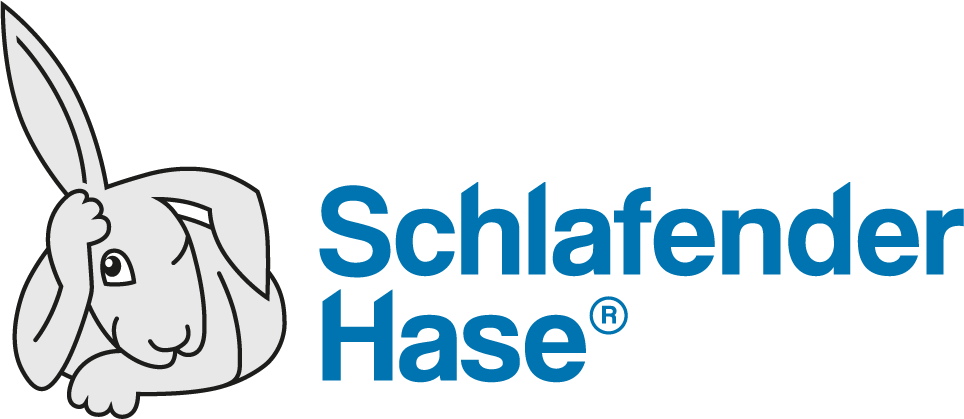Top Medical Device companies use document comparison software to proofread labeling. Why aren’t you?
When the subject of proofreading comes up, most think of correcting written text in a document such as a book or a school essay. In the Medical Device industry, however, proofreading is a whole lot more than that.
Packaging and labeling can include many elements such as instructions for use, company logo, symbols and numerous other graphics, as well as a variety of different barcodes. Everything has a purpose and must be correct before a device goes to market.
Ensuring patient safety is of absolute importance. Whatever the format (including online and hardcopy/print), all versions must be accurate. Keeping track of all the changes from one version to another and ensuring a full audit trail is recorded can easily become very challenging. A mistake can cause a misprint resulting in a CAPA (corrective and preventative action), a recall, or even worse, a negative effect on a patient’s life.
If your job includes checking or comparing documents for errors, you might not even realize that what you’re doing is actually proofreading.
Why do Medical Device companies need document comparison software?
Proofreading is crucial in the Medical Device industry and serves as an integral part of the quality control process. Traditionally, this process has been manual, usually involving two people who check content line by line, item by item, sometimes with a third person verifying their work.
Using a document comparison software eliminates the risk of human error. The software instantly identifies errors and inconsistencies in the documentation, labeling, packaging and other materials so users can correct them and prevent expensive mistakes, misprints and recalls. Deviations such as a missing character (e.g: store at 25° instead of store at 25°C), an incorrect symbol:

a missing dash (e.g: Use 12 times a day instead of use 1-2 times a day) or duplicated words (e.g: “Do not not use” instead of “Do not use”) are some common deviations that can be easily overlooked by the human eye.
For more information on how a comparison software can improve your work life, we’ve put together a list of the top 10 ways using a comparison software to automate proofreading makes your life easier.
Why do top Medical Device companies use document comparison software?
Document comparison (or proofreading) software compares digital files with different layouts and in different formats (ex: Word to PDF) to catch any potential deviations early in the process. The software will instantly find, or “proofread”, any deviations between the two digital files (ex: spelling, font size, graphics, font style, barcodes, etc.) All you need to do is decide whether these deviations are acceptable or not.
The software is very simple and easy to use:
1) Upload and compare your documents
2) Review and comment on any identified deviations
3) Approve the content
Finally, an Audit Trail Report can be generated and saved to ensure GMP (good manufacturing practice) compliance.
By implementing a comparison software, Medical Device companies experience:
- Reduced proofreading costs (only one person is needed to proofread at a fraction of the time)
- Reduced risk (100% deviations with approved text identified, every time)
- Peace of mind that labeling content is accurate and safe for patients (less stress for those responsible for the labeling content)
- Reduced correction cycles (more time to do other higher value tasks)
- Improved document consistency across departments (no more misprints or recalls)
It comes as no surprise that today, all the top Medical Device companies already use a document comparison software instead of manually proofreading.
The industry standard: TVT
TVT, the Text Verification Tool®, is custom built for the life sciences industry with specific features addressing the unique needs of the industry.
According to Amanda Alegria, Technical Writing Supervisor at Intuitive Surgical, Inc. “The medical device industry is highly regulated. Changes to our professional instructions for use must be clearly documented. TVT provides reviewers with easy to understand and accurate change summaries. This saves time and ensures utmost quality and confidence in change tracking, contributing to streamlined document reviews, and error-free document release.”
TVT is a validated software that can verify text, spelling, artwork and barcodes (including country-specific Health Authority Codes) all in one project, generating a complete audit trail report. It facilitates compliance with 21 CFR Part 820 and provides quick and accurate verification of submissions, HMIs, IFU/DFU/manuals, labels and marketing/advertising/promotional materials.
Michael Breiler, Director of Packaging Development at Lohmann & Rauscher’s shares his experience: “Errors that could have formerly led to expensive reprints were avoided. There were also intangible savings: team members said it was easier to sleep at night without having to worry about errors that might lead to a product recall.”
Tips for implementing a document comparison software for your team
Before taking the step of bringing new technology into your organization, it is important that all stakeholders be on board with the process and understand what this new technology will bring. This is especially true for Medical Device companies when things like validation, data integrity and integration with existing systems/processes are essential.
If you are considering implementing a comparison software like TVT, here is a list of 13 questions to ask yourself and your team before making a final choice.





